
Understanding Right of Way in Kenya: Who Has the Priority on the Road?
Safety & MaintenanceWhen driving in Kenya, one of the most common situations you’ll face is determining who has the right of way—especially at busy intersections, rounda...
Read More →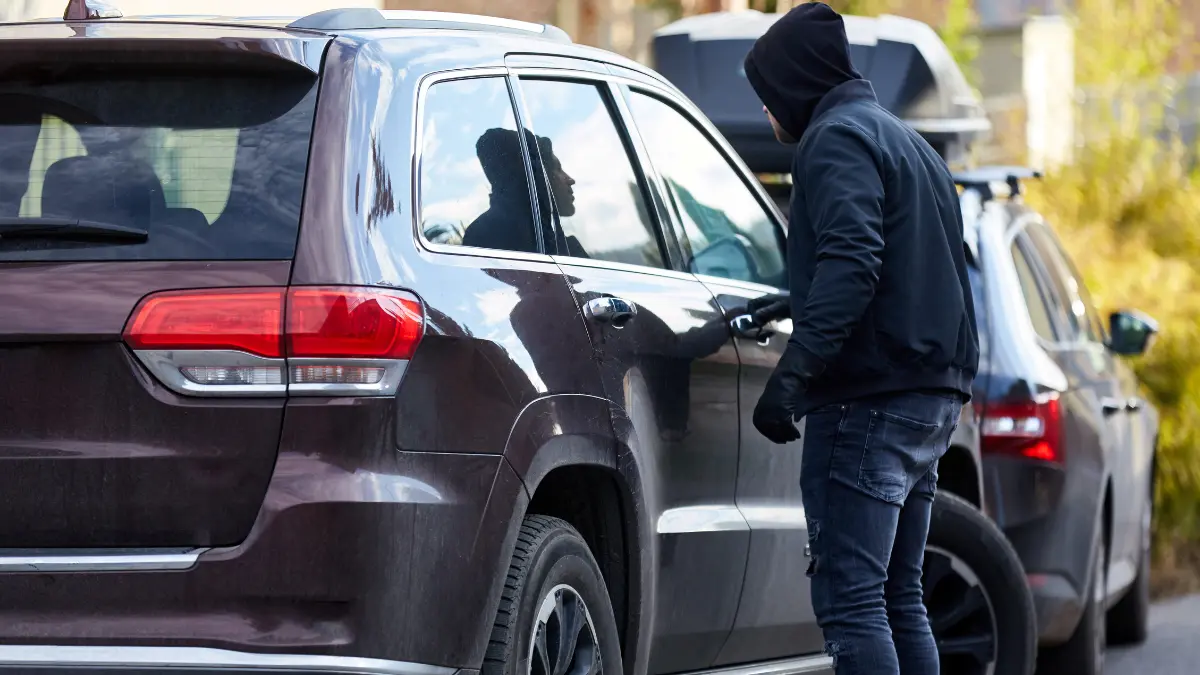
Car Theft in Kenya: Spare Parts, Security Flaws, and Smuggling Routes
News & TrendsCar theft in Kenya has become a big problem with thousands of cars stolen every month. For many it seems like bad luck but there are underlying facto...
Read More →
Understanding Driving Classes in Kenya: Everything You Need to Know
Buyer's Guide & TipsIn Kenya whether you are a first time driver or an experienced driver understanding the different driving classes and what each entails is key when a...
Read More →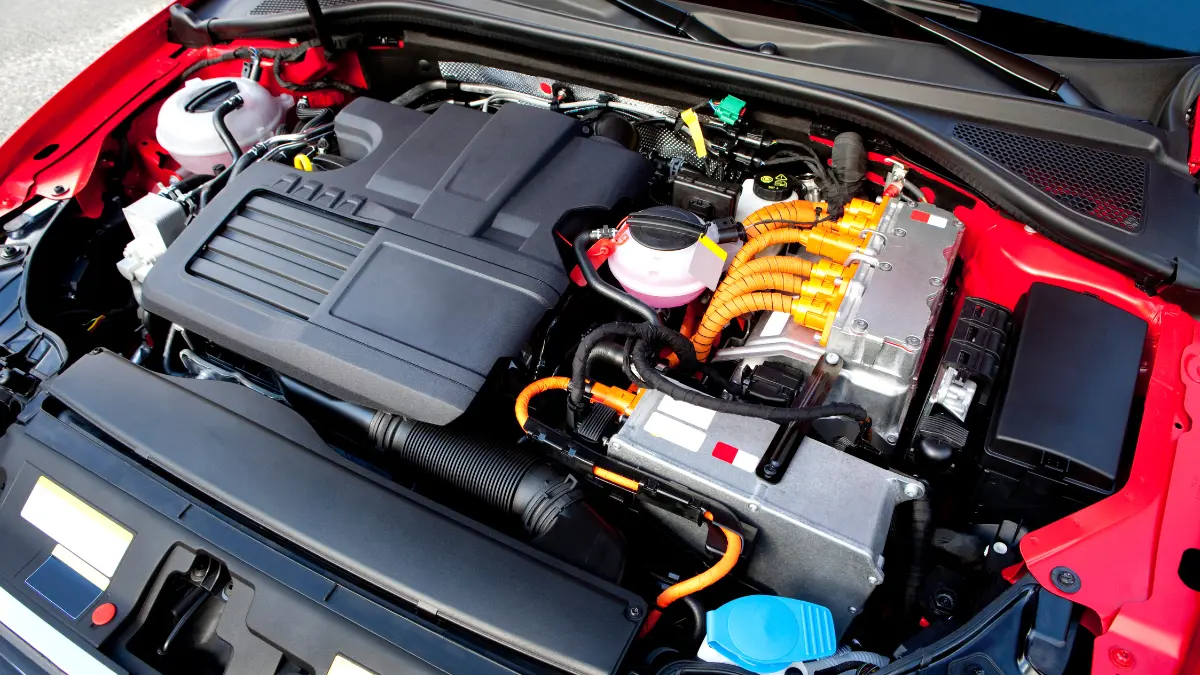
What Does CC Mean in Cars? Understanding Engine Size and Performance in Kenya
Buyer's Guide & TipsSo you’ve been shopping for a car in Kenya or trying to understand car specifications and you’ve come across the term CC. Whether it’s a 1500cc, 2000...
Read More →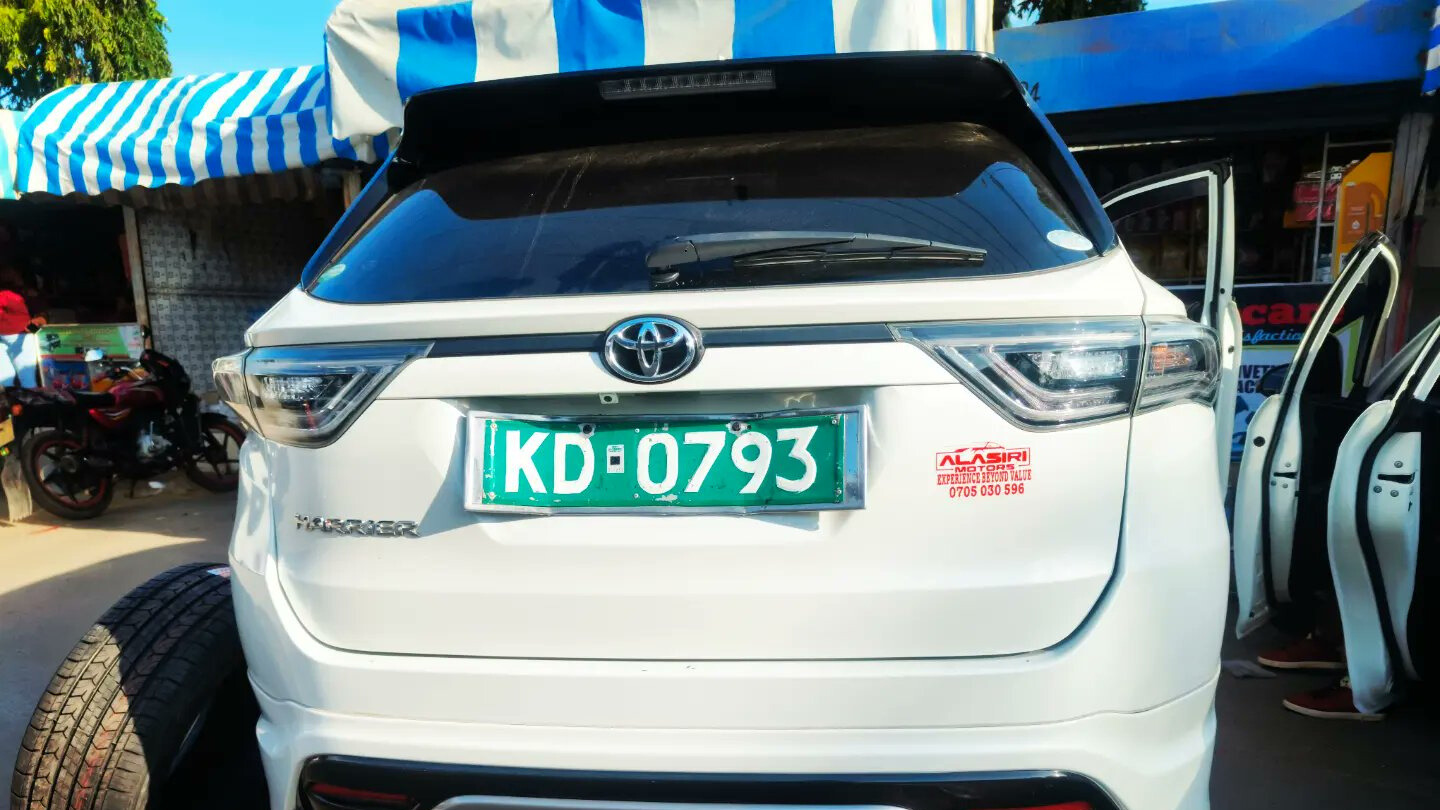
NTSA Moves Reflective Number Plates and Inspections to eCitizen: What Kenyan Motorists Need to Know
News & TrendsNTSA has made life easier for motorists in Kenya. Two key services—reflective number plate applications and motor vehicle inspections—are now fully d...
Read More →
How to Transfer Car Ownership Online in Kenya via NTSA eCitizen Portal
Buyer's Guide & TipsCar ownership transfer is one of the most important steps after buying or selling a vehicle in Kenya. For years this process was tedious – paperwork,...
Read More →
How to Update Your Vehicle Records with NTSA’s New Tool in Kenya
Buyer's Guide & TipsIf you own a car or motorcycle in Kenya—whether it’s a private saloon, a matatu, a Probox, or a boda boda—it’s time to get your vehicle records in or...
Read More →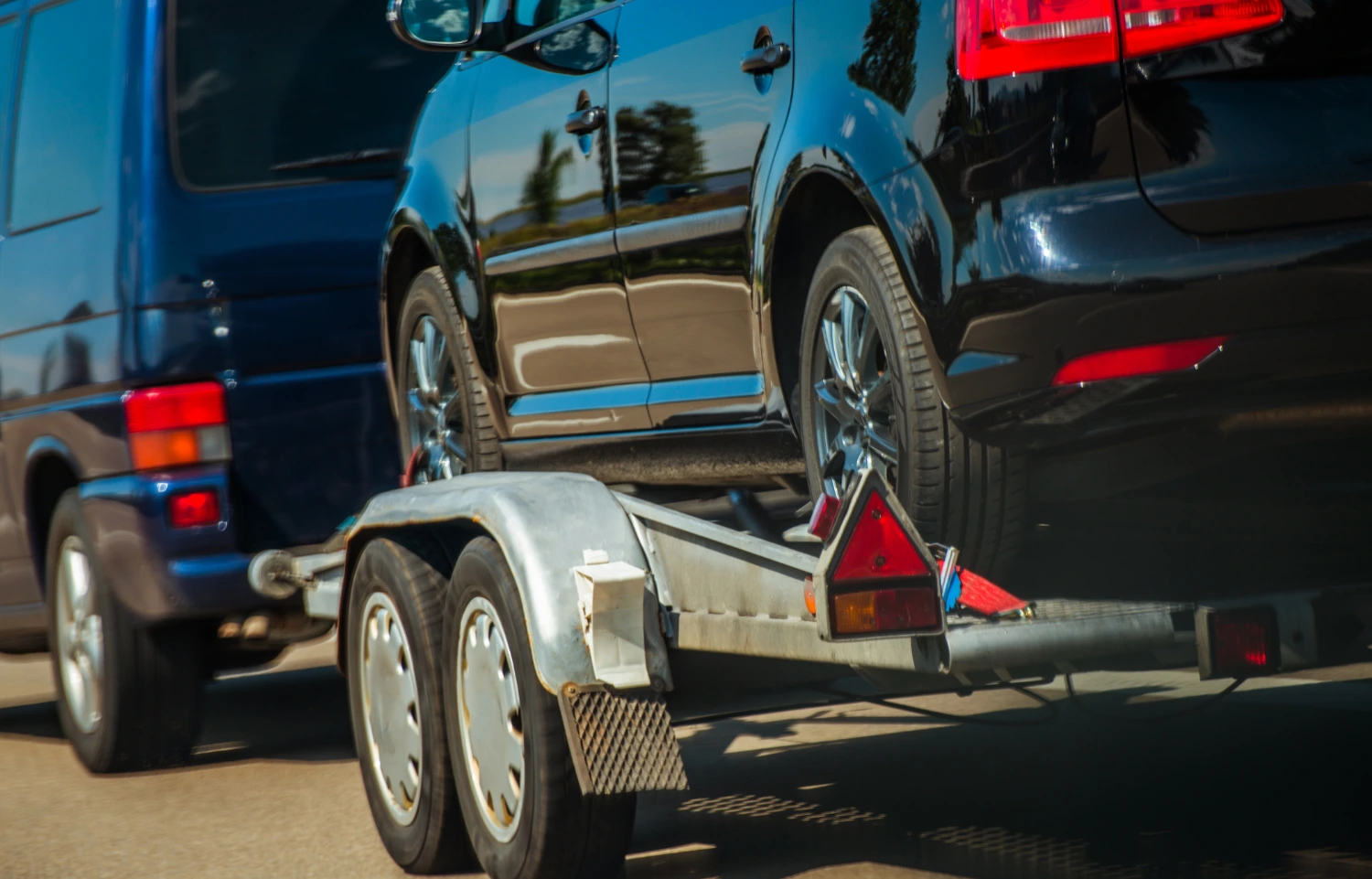
Import or Buy from a Yard? The New Kenyan Car-Buying Shift—and How to Stay Safe
News & TrendsAcross Kenya, more buyers are skipping the traditional “yard car” and choosing to import directly. The conversation isn’t just about price anymore; i...
Read More →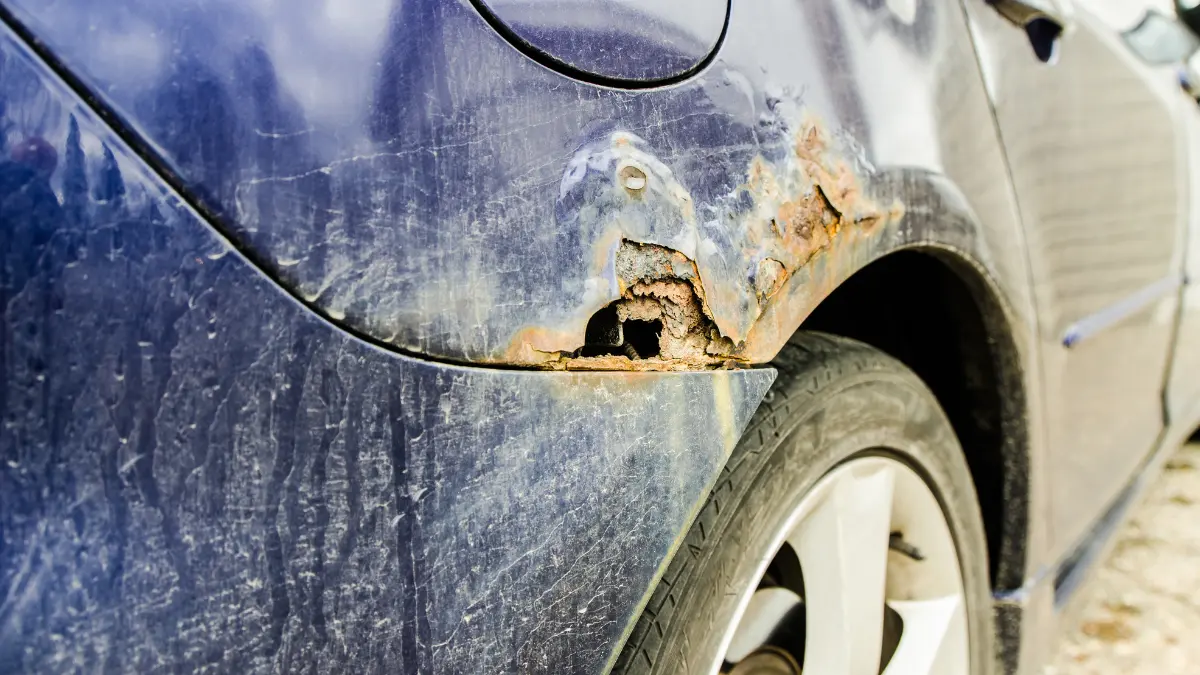
Why Cars in Mombasa Rust Faster Than in Nairobi – The Coastal Car Conundrum
Safety & MaintenanceIf you’ve ever been to a Kenyan car yard or talked to a mechanic, you’ve probably heard the warning: “Hii gari ni ya Mombasa… imeanza kurust.”...
Read More →
Why Cars Are So Expensive in Kenya: Understanding Import Duties, Taxes, and Market Forces
Buyer's Guide & TipsBuying a car in Kenya—new or used—feels like a financial marathon. A compact hatchback that costs KSh 500,000 in Japan ends up in Nairobi at nearly d...
Read More →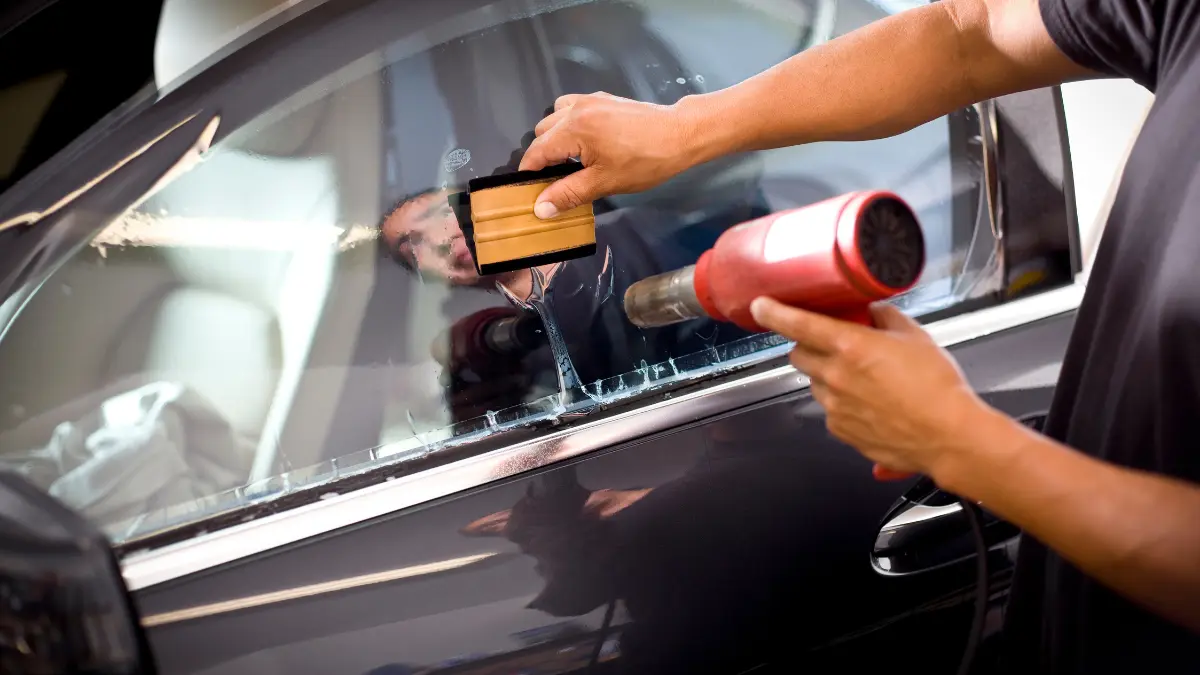
A Beginner's Guide to Car Mods in Kenya (That Won’t Get You in Trouble)
Buyer's Guide & TipsWant to give your car some personality? You’re not alone. In Kenya, car modification—commonly known as “modding”—is becoming more popular among young...
Read More →
Car Mufflers: What They Do, Why They Matter — and the Rising Threat of Muffler Theft
Buyer's Guide & TipsWhen most people hear the term muffler, they think of the sound their car makes — or doesn’t make. But behind that quiet engine purr lies a component...
Read More →